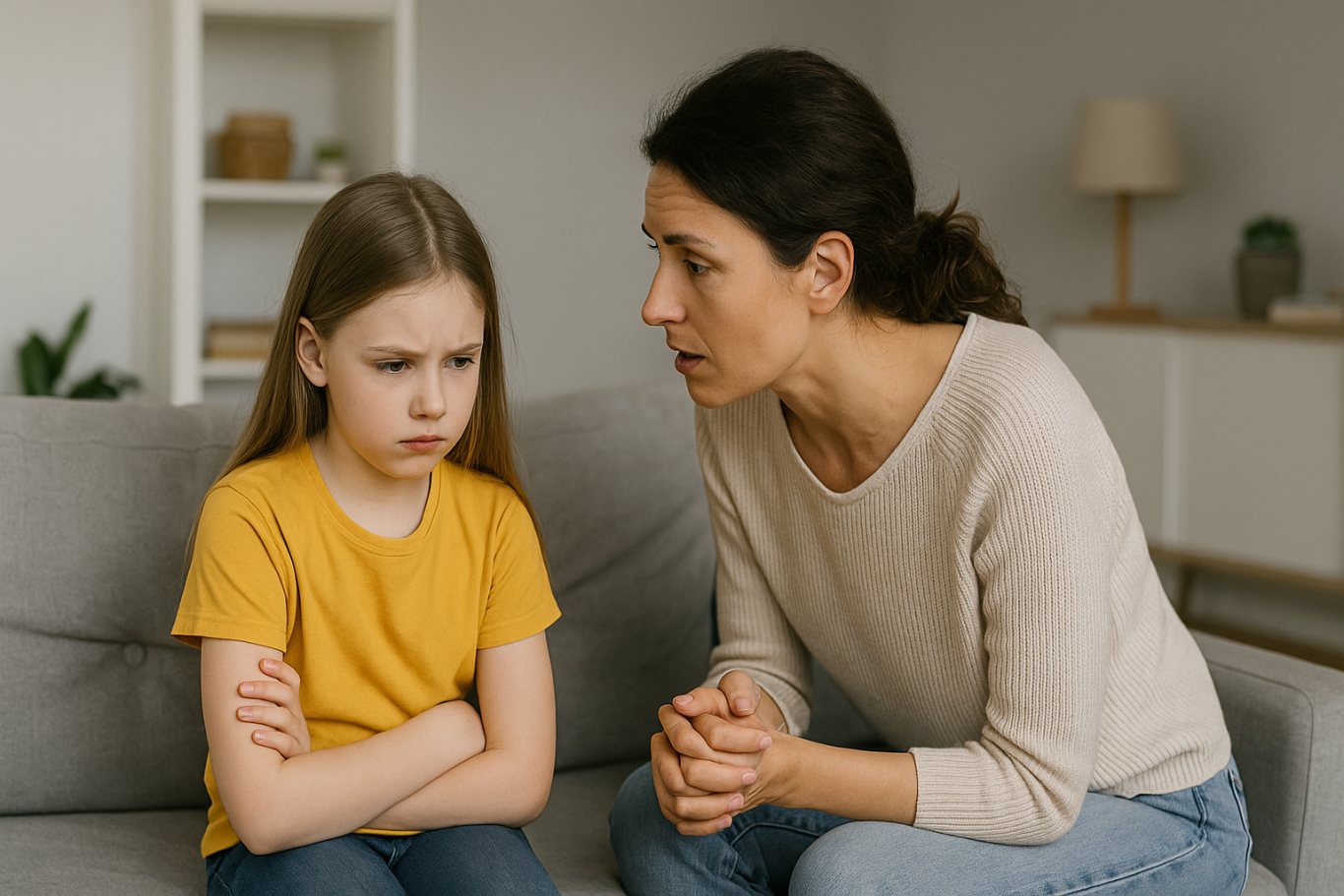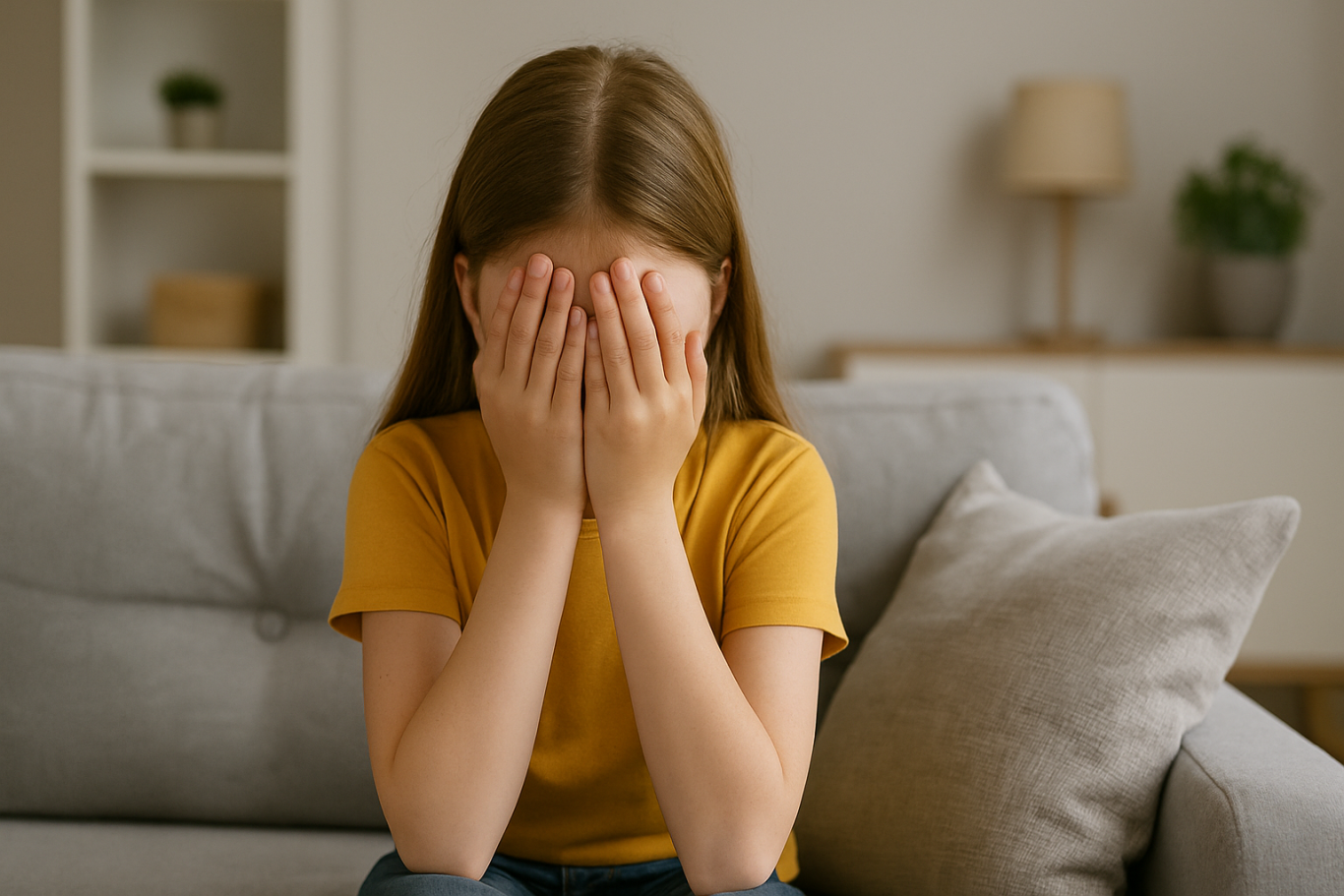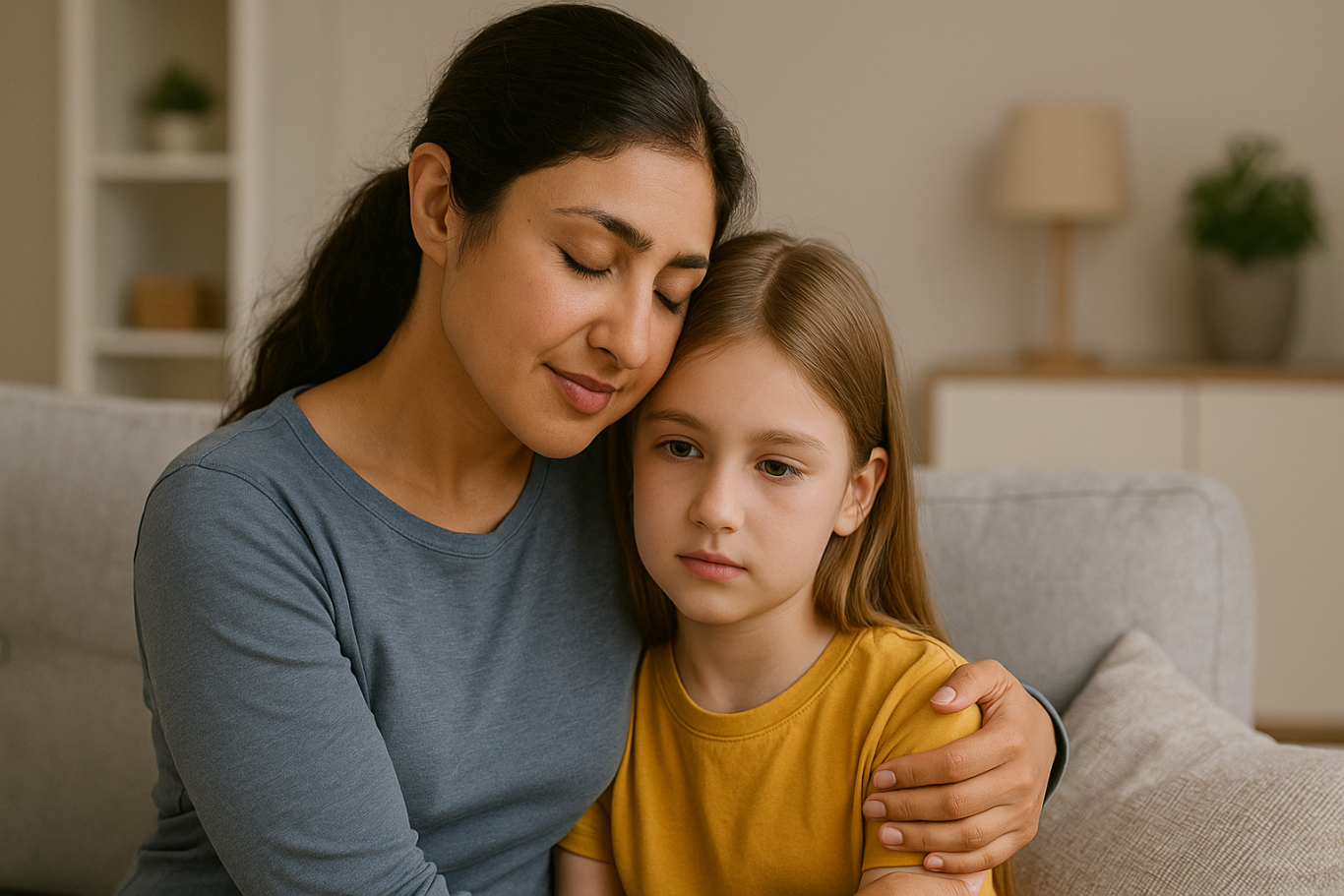Building Kids Mental Health Early in the Digital Age of 2025
In today’s fast-moving world, awareness around kids mental health has become more important than ever. Many parents now realize that emotional and psychological well-being is just as essential as physical health. In the digital age, kids are constantly exposed to information, social pressure, and expectations that may affect their mental balance.
Recognizing early signs of mental challenges, creating a supportive environment, and guiding children through confidence-boosting activities are crucial steps to protect kids mental health. This article explores the key factors that influence emotional well-being, how to recognize potential warning signs, and practical steps parents can take at home.
Why Kids Mental Health Matters

Kids mental health affects how children think, feel, and behave on a daily basis. When their emotional well-being is supported, kids are more likely to adapt well to challenges, develop strong relationships, and solve problems effectively. However, if a child experiences ongoing emotional stress without adequate support, the impact can last into adulthood—affecting learning, social life, and even physical health.
According to the World Health Organization, one in seven children and adolescents experiences a mental health disorder. This number highlights how essential it is for families to offer a nurturing environment where children feel safe, accepted, and understood.
Signs Your Child Might Be Struggling

As a parent or educator, recognizing early signs of emotional struggle can make a big difference. Some common indicators include:
- Sudden mood swings such as frequent anger or unexplained crying
- Withdrawal from friends, family, or favorite activities
- Difficulty sleeping or recurring nightmares
- Decreased concentration or loss of motivation
- Physical complaints like headaches or stomachaches without a medical cause
Of course, not all behavioral changes mean your child has a serious problem. But if these signs persist and interfere with daily life, it’s best to consult with a mental health professional.
The Parent’s Role in Supporting Kids Mental Health

Parents play a central role in creating a safe, loving, and open environment. One of the most effective ways to support kids mental health is through healthy communication. Listen without judgment, ask caring questions, and create space for your child to express their emotions in a healthy way.
It’s also important for parents to model good emotional habits. The way you manage stress, resolve conflicts, and balance daily life serves as a powerful example for your child.
Positive Activities to Strengthen Mental Well-Being
There are many simple activities that families can do together to support kids mentally and emotionally, such as:
- Spending time outdoors, giving kids space to explore and release energy
- Engaging in arts and crafts like drawing, dancing, or building things
- Encouraging journaling or storytelling as a way to process emotions
- Teaching mindfulness techniques like breathing exercises or light meditation
- Exploring new skills like coding, which helps build confidence and logical thinking
At Timedoor Academy, we believe that digital education like coding doesn’t just develop technical skills—it also supports kids emotionally. Completing a small coding project can give children a sense of pride and achievement, making a real difference in their overall emotional growth.
Creating Balanced Routines at Home

A well-balanced daily routine is another key to maintaining kids mental health. Make sure your child has time not just for learning, but also for play, rest, and social interaction. Avoid overloading them with academic pressure, and allow space for relaxation and hobbies they genuinely enjoy.
Also, limit excessive exposure to social media or overwhelming digital content. Guide your child toward age-appropriate, educational, and positive media. Always try to be present when they use digital devices.
Taking Action: Support Starts at Home

Ingin tahu detail program?
Building and maintaining kids mental health is not a quick fix—it’s an ongoing process that requires attention, patience, and consistency. With a loving home environment, healthy communication, and positive activities, parents can help kids grow into emotionally strong and resilient individuals.
If you’re looking for a fun yet meaningful way to support your child’s development, interactive coding classes at Timedoor Academy could be a great fit. Our programs are designed not only to educate but also to build confidence through hands-on learning.
Sign up today and try a free coding class and see how technology can play a role in nurturing your child’s emotional and mental growth!